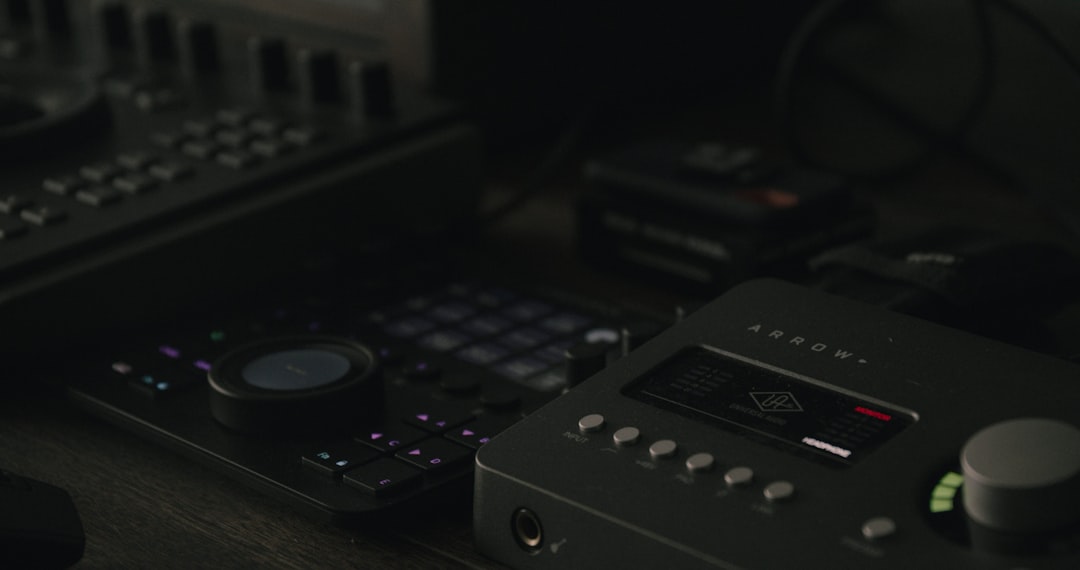Have you ever downloaded a bunch of cool instrument samples packed in a ZIP file, only to wonder how to turn them into a usable instrument in your DAW? Well, the answer is simple — convert them into an SF2 SoundFont. This lets you play those sounds like a real instrument inside your favorite music software. The best part? It’s easier than you think!
This guide will show you how to turn ZIP archives filled with WAV samples into your very own SoundFonts. You’ll be creating custom instruments in no time. Let’s have some fun and make it super simple!
What Is a SoundFont (SF2)?
A SoundFont file, or SF2, is like a box of musical Lego pieces. It stores different instrument samples, like piano notes or drum hits. You load the SF2 into a SoundFont player, and boom — you’re jamming with full instruments!
It’s perfect for music production. Whether you’re into making beats, orchestral scores, or lo-fi chill tracks, SoundFonts let you load custom sounds easily.
What’s Inside a ZIP Archive?
A ZIP file is just a compressed folder. It packs all the samples (usually WAV or AIFF files) into one tiny little package to make downloading easier. Inside, you’ll often find:
- WAV files – these are your actual sounds.
- Maybe a README or documentation.
- Sometimes a folder structure (like kick, snare, hi-hat).
Once unzipped, these files are the heart of your new instrument.

Step 1: Unzip the Archive
First, let’s unpack the ZIP file. You can use built-in tools or a free app like 7-Zip or WinRAR. Just right-click and choose “Extract Here” or “Extract to Folder.”
This gives you access to all the sample files you’re going to need.
Step 2: Organize Your Samples
This part’s kind of like sorting your socks. Group similar sounds into folders if they aren’t already. For example:
- Kick Drums
- Snares
- Hi-Hats
- Bass Notes
Make sure your samples are all in the same format (WAV is best) and properly named — like C3.wav, D3.wav. This helps later when mapping them.
Step 3: Get a SoundFont Editor
You’ll need some magic tools to do the actual converting. Here are some free and fun options:
- Polyphone – This is the best free SoundFont editor. It works on Windows, macOS, and Linux.
- Vienna – It’s older and Windows-only, but still works well.
- SWAMI – Another alternative for Linux users.
We recommend: Polyphone. It’s beginner-friendly and packed with features.
Step 4: Load Your Samples Into Polyphone
Now comes the fun part — opening up Polyphone and building your instrument!
- Open Polyphone and create a new SoundFont (.sf2 file).
- Go to the “Samples” tab and drag all your WAV files into the window.
- Name them something useful (if they aren’t already).
Make sure each sample is trimmed and clean. No clicks, pops, or silence at the beginning or end.

Step 5: Build Instruments From the Samples
This is where the real power of SoundFonts kicks in. You’re going to use those WAVs to create playable instruments.
- Go to the “Instruments” section.
- Create a new instrument, name it (like “Epic Snare”), and add samples to it.
- Map each sample to the correct key range (dragging or typing).
You can layer samples, set velocity ranges, apply filters, and more. It’s like sculpting your own instrument!
Step 6: Save the SoundFont
Once your instruments are set up, go to File → Save. Pick a location and name your SF2 file.
That’s it — you’ve created your own SoundFont! 🍾
Step 7: Use It in Your DAW
Want to actually hear your SF2 in action now?
Load it up into a DAW (Digital Audio Workstation) using a SoundFont player plugin like:
- Sforzando – Free and simple.
- CoolSoft VirtualMIDISynth
- Kontakt (with a Script if needed)
Drop your SF2 in, and ta-da! You can now play your hand-crafted samples like a midi instrument.
Tips & Tricks
- Keep file names clean and consistent.
- Make mono and stereo versions if needed.
- Add reverb or effects directly inside your DAW for flavor.
- Save often when using Polyphone — it can crash!
Why Make Your Own SF2 Files?
Making SoundFonts is empowering. You take control of your sound library. You can:
- Create custom drum kits.
- Sample your own voice or instruments.
- Merge samples from different packs into one clean system.
- Share your instruments with friends.
It’s like building your own sonic toolbox. Once you taste it, there’s no going back!
Alternatives (If You’re in a Rush)
Too lazy to make SoundFonts manually? No worries!
There are tools that can help automate parts of the process:
- SampleRobot – Auto-samples instruments and can export as SoundFont.
- DAW Templates – Some DAWs let you set up multisamples directly and then export.
- Commercial Sample Packs – Some bundles include SF2 versions already!
But doing it yourself gives you full control, and it’s a great experience. Don’t be afraid to experiment!
Final Thoughts
Turning samples into SoundFonts might sound technical, but with the right tools, it’s actually super fun. Once you get the hang of it, you’ll be converting ZIPs into instruments like a pro.
Think of it like baking. You’re taking raw ingredients (samples), mixing them with care (in Polyphone), and pulling out a delicious dish (your SF2 file). 🎶
So unzip, edit, map, and rock on. The music world is waiting for your signature sound!
yehiweb
Related posts
New Articles
How to Answer “Tell Me About Yourself” in a Job Interview
So, you’re getting ready for a job interview. You’ve picked out your best outfit, updated your résumé, and practiced shaking…


